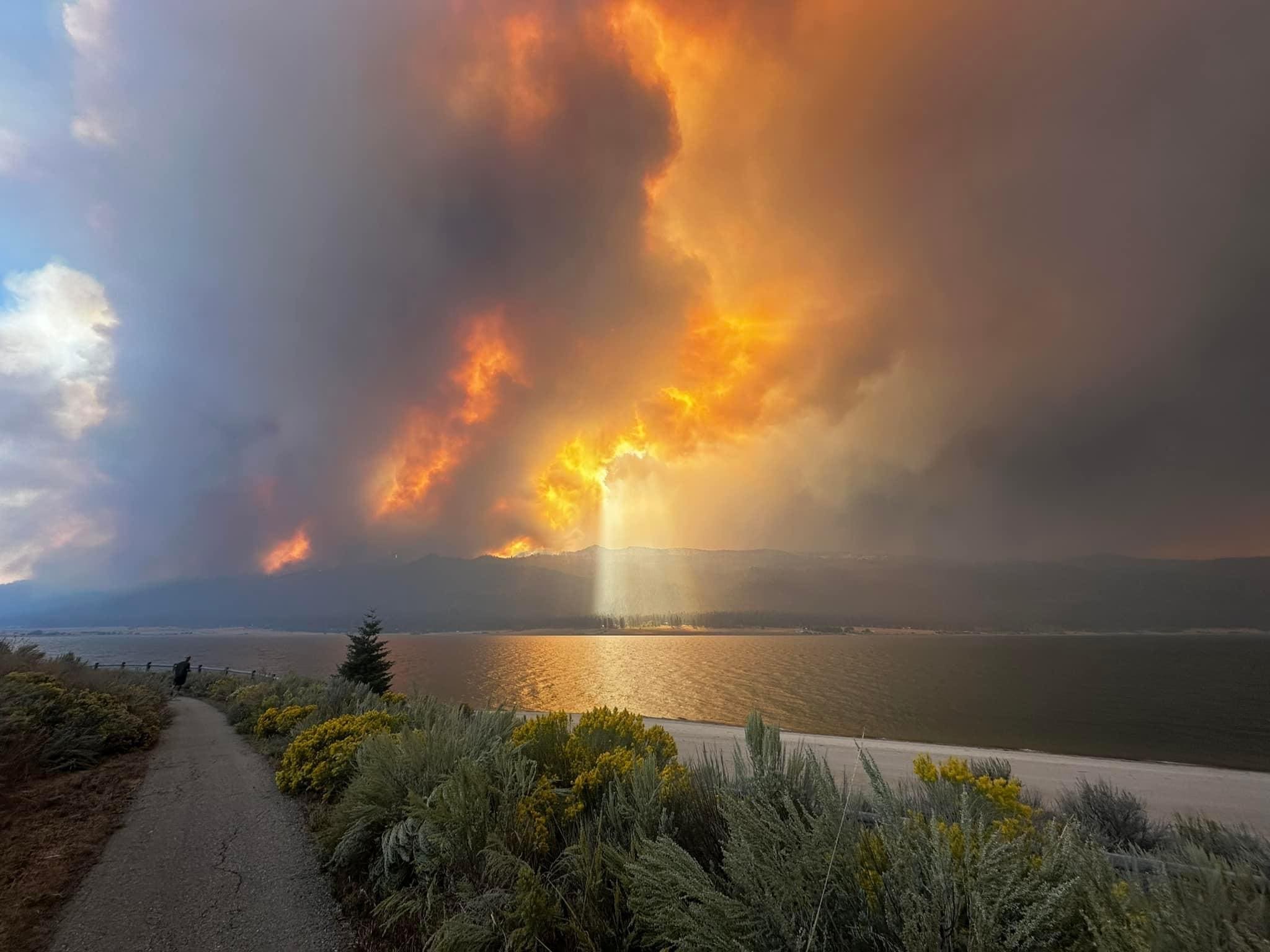September 11, 2024
millerins
How insurance companies are protecting your homes from wildfires

Insurance companies are increasingly proactive in protecting homes from wildfires through a range of strategies and technologies. Here’s a look at some of the key approaches they use:
- Risk Assessment and Modeling: Insurers use advanced risk assessment tools and models to evaluate the likelihood of wildfires in specific areas. This includes analyzing historical data, weather patterns, and vegetation to predict potential risks. By understanding these factors, they can better assess and manage risk.
- Incentives for Mitigation Measures: Many insurance companies offer discounts or incentives for homeowners who take steps to reduce wildfire risk. This can include installing fire-resistant materials, creating defensible space around properties, and maintaining landscaping to reduce fuel load.
- Home Hardening Recommendations: Insurers often provide guidelines or recommendations for “home hardening,” which involves making structural changes to improve a home’s resistance to fire. This can include using fire-resistant roofing, installing spark arresters on chimneys, and sealing gaps to prevent embers from entering the home.
- Emergency Response and Assistance: Some insurance companies are involved in or support emergency response efforts. This can include partnering with local fire departments, providing resources for fire prevention programs, or offering assistance with evacuation planning.
- Technology and Innovation: Advances in technology, such as satellite imagery and drones, are being used to monitor and predict wildfire activity. Insurance companies may use this technology to track fires in real-time and assess damage more quickly. Additionally, smart home technology that includes fire detection and alert systems can be incentivized or discounted by insurers.
- Community Programs and Partnerships: Insurers often engage in community-based programs aimed at reducing wildfire risk. This can include supporting local firebreaks, participating in community education programs, and collaborating with other organizations focused on wildfire prevention.
- Coverage Options and Flexibility: Insurance policies may offer various coverage options that address wildfire risks specifically. Insurers are increasingly providing flexible coverage options that can be tailored to the unique needs of homeowners in high-risk areas.
- Data Sharing and Collaboration: Insurance companies often collaborate with government agencies, fire departments, and other organizations to share data and improve risk management strategies. This collective approach helps in developing more accurate risk models and effective mitigation strategies.
By integrating these strategies, insurance companies aim to reduce the overall impact of wildfires and support homeowners in protecting their properties.
Categories: Blog
